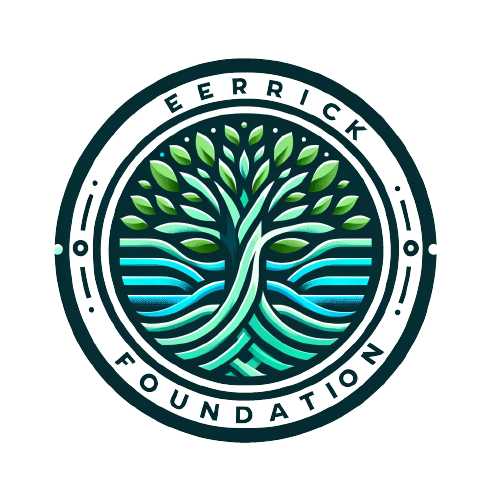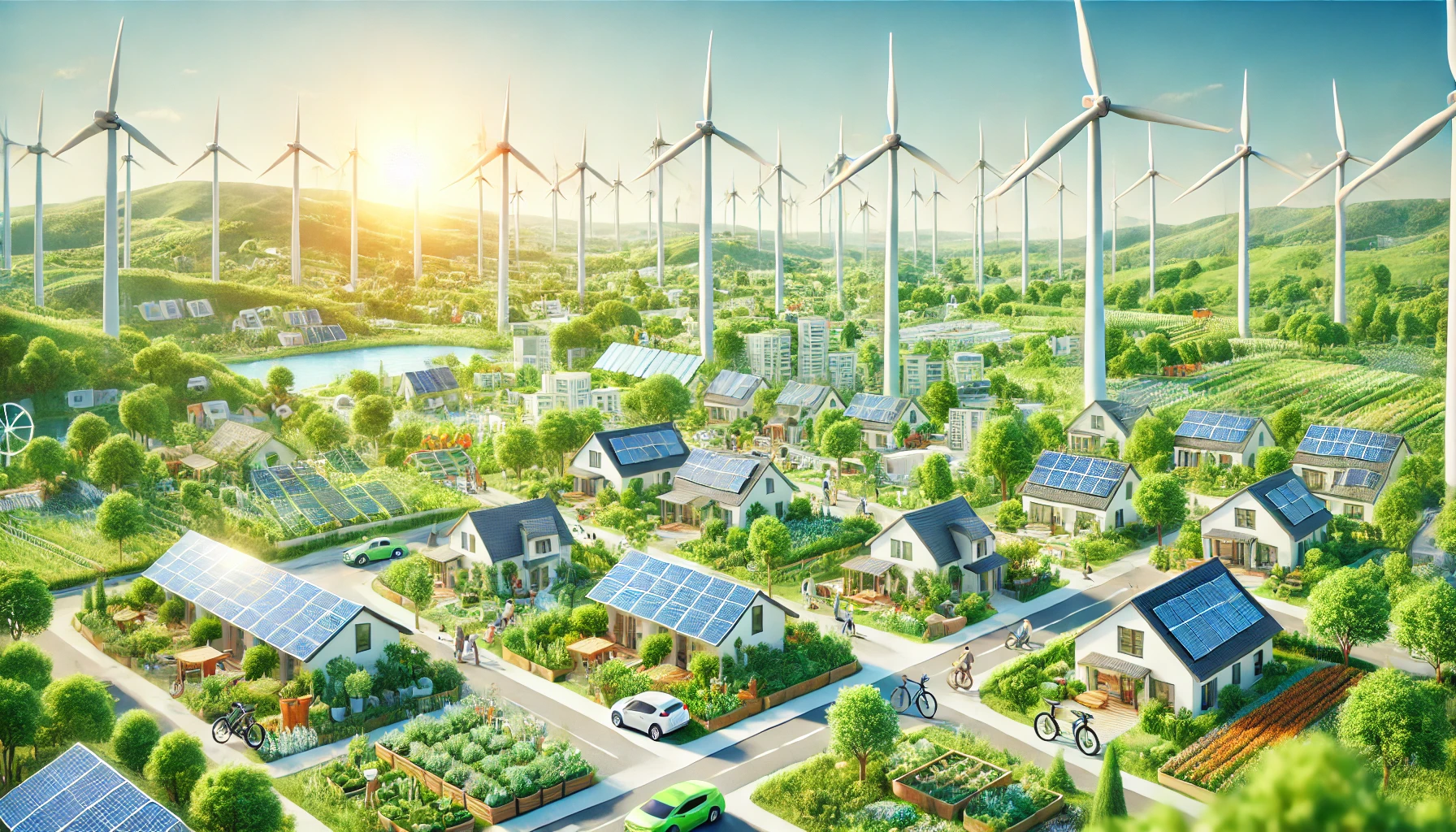As we move towards a more sustainable future, the importance of renewable energy sources cannot be overstated. One of the most promising and widely adopted sources is wind power. In this article, we’ll explore the role of wind power in sustainable communities and how it contributes to a cleaner, greener planet. We’ll cover its benefits, challenges, and potential for future growth.
What is Wind Power?
Wind power harnesses the natural energy of the wind to generate electricity. This process involves using wind turbines, which are large structures with blades that rotate when the wind blows. The motion of the blades turns a generator, producing electricity. Wind power is a renewable resource, meaning it won’t deplete over time and has minimal environmental impact compared to fossil fuels.
Benefits of Wind Power
- Clean Energy Source: Wind power produces no greenhouse gas emissions during operation, making it one of the cleanest energy sources available.
- Sustainable: Wind energy is an abundant renewable resource that is inexhaustible.
- Cost-Effective: Once installed, wind turbines have low operational costs and can provide stable electricity prices over the long term.
- Job Creation: The wind energy sector has the potential to create numerous jobs in manufacturing, installation, and maintenance.
- Energy Independence: Wind power can reduce dependence on imported fuels, enhancing national security.
How Wind Power Supports Sustainable Communities
Reducing Carbon Footprint
One of the primary ways wind power supports sustainable communities is by significantly reducing the carbon footprint. By replacing fossil fuel-based electricity with wind-generated power, communities can lower their greenhouse gas emissions. This reduction is crucial in combating climate change and promoting environmental health.
Economic Benefits
Wind power also brings substantial economic benefits to communities. Wind farms often provide local jobs, from the initial construction phase to ongoing maintenance and operations. These opportunities can stimulate local economies and support sustainable development.
Energy Resilience
Wind power contributes to energy resilience in communities by diversifying energy sources. With a mix of renewable energy options, communities are less vulnerable to energy price fluctuations and supply disruptions. Wind energy can complement other renewable sources like solar power, providing a balanced and reliable energy mix.
Community Involvement
Another significant aspect of wind power in sustainable communities is the potential for community involvement. Many wind projects involve local stakeholders in planning and decision-making processes. This involvement can foster a sense of ownership and pride in sustainable initiatives.
Enhancing Local Infrastructure
Investing in wind power can also lead to improvements in local infrastructure. For example, the construction of wind farms often necessitates the development of roads and other facilities. These improvements can benefit the broader community by enhancing connectivity and accessibility.
Overcoming Challenges
Initial Costs
One of the main challenges associated with wind power is the initial cost of wind turbine installation. While operational costs are low, the upfront investment can be substantial. However, various incentives and financing options are available to mitigate these costs.
Aesthetic and Noise Concerns
Some community members may have concerns about the visual impact and noise generated by wind turbines. Addressing these concerns involves careful site selection and the implementation of noise reduction technologies.
Wildlife Impact
Wind turbines can pose risks to wildlife, particularly birds and bats. Mitigation strategies, such as careful placement of turbines and technology to deter wildlife, are essential to minimize these impacts.
Future of Wind Power in Sustainable Communities
Technological Advancements
The future of wind power looks promising, with ongoing technological advancements making wind turbines more efficient and cost-effective. Innovations in turbine design and materials continue to improve energy output and reduce costs.
Offshore Wind Farms
Offshore wind farms represent a significant area of growth. These farms can harness more potent and more consistent winds found over oceans, leading to higher energy production. Offshore wind power also reduces land use concerns, making it an attractive option for densely populated coastal areas.
Community-Based Wind Projects
Community-based wind projects are gaining popularity, where residents invest in and benefit from wind power. These projects can enhance community engagement and ensure that the economic benefits of wind power stay within the community.
Wind power is a critical player in the transition to sustainable communities. By harnessing the natural energy of the wind, communities can reduce their carbon footprint, enhance energy resilience, and stimulate local economies. With ongoing technological advancements and increasing community involvement, wind power is set to play an even more significant role in our sustainable future. Investing in wind energy not only supports environmental goals but also brings numerous economic and social benefits, making it a cornerstone of sustainable development.
Conclusion
In conclusion, wind power offers a multitude of benefits that make it an integral part of sustainable communities. From reducing carbon emissions and creating jobs to enhancing energy resilience and involving local stakeholders, the advantages of wind power are clear. Despite the challenges, the future of wind power is bright, with technological advancements and community-based projects paving the way for even more significant contributions to sustainability. By embracing wind power, communities can take significant strides towards a greener, more sustainable future.

